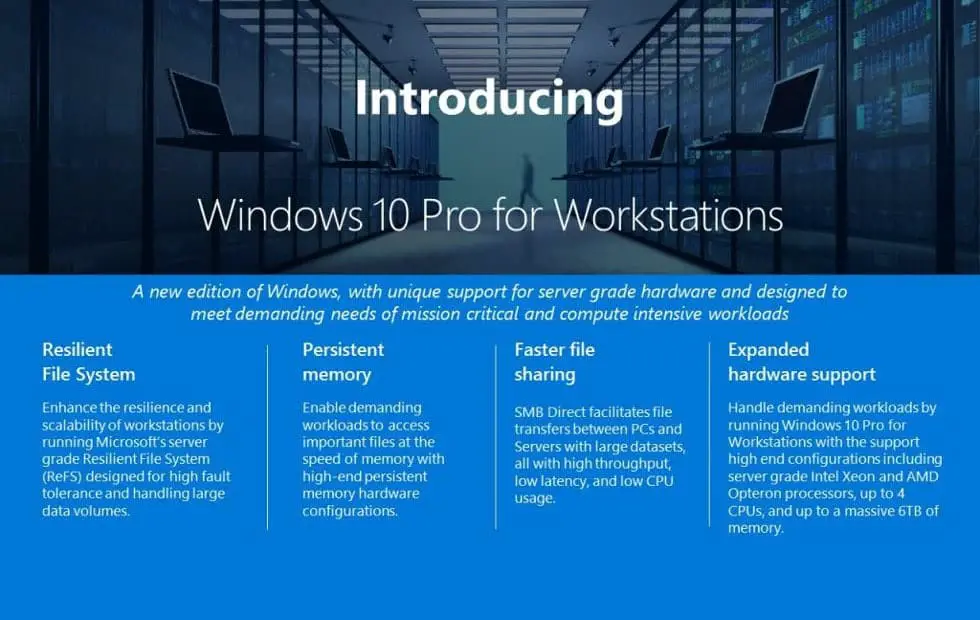The biggest feature of the update is that it opens up support for virtual reality headsets with what Microsoft calls its Mixed Reality platform. Headsets from Acer, Dell, Lenovo, and HP will start shipping on the same day (and will be joined by Asus’ headset next year), with prices starting at $299. These headsets don’t need any external tracking boxes; they’ll just plug into your PC with an HDMI and USB cable, or in Dell’s case, a single USB Type-C cable. In addition to software written for Microsoft’s Mixed Reality API, they will also support the SteamVR platform, so a library of suitable games should materialize soon. And if you don’t have a headset, you’ll also be able to check out some experiences in 2D with the Mixed Reality Viewer. Other features of the new version are seamless OneDrive integration, the ability to pin contacts to your taskbar, a beta version of eye-tracking-based navigation, expanded integrated exploit mitigation systems, and a new searchable emoji keyboard. The update will also mark the debut of the new Windows Fluent Design System, which aims to upgrade the look and feel of the OS and apps. It won’t be a huge visual change, but it should be the start of a slightly slicker-looking Windows. Microsoft also will be releasing another new Windows 10 edition, known as Windows 10 Pro for Workstations, simultaneously with the release of the Fall Creators Update. No upgrade pricing information is available so far, but I’ve heard there will be an upgrade path and fee from Windows 10 Home and/or Pro to Workstation.
Windows 10 Fall Creators Update upcoming features
As like Windows 10 creators update With Windows 10 Fall Creators Update also Microsoft introduced lots of New Features and add update existing features. If you’re a registered Windows Insider, you’ll be testing some of these features before Microsoft Drop Windows Fall Creators Update 17 OCT 2017. Here some Highlights Feature and changes below. Clipboard feature: Clipboard is a cloud-based feature that enables copy and pasting between Windows 10, iOS and Android devices. The onus will be on developers to enable the functionality between their desktop and mobile apps. Timeline Feature: This is a rundown of recently used apps and workspaces that’ll enable Windows 10 users to resume old sessions. The company says the feature, which will site within the Windows app switcher, is a way to “easily jump back in time to continue where you left off.” Pick Up Where You Left Off : A Cortana-based feature that will enable users to continue their work on a number of different devices. Like the Clipboard feature, Microsoft will hope third-party developers enable these experiences within their mobile apps. Story Remix: A photo and video album tool that enables transitions and 3D objects. Windows 10 users will also be able to personalize the albums with Windows Ink. Judging from this video, it actually looks pretty awesome. OneDrive Files On-Demand: Makes easier to access cloud documents locally. All files will be viewable from the File Explorer regardless of whether they’re stored in the cloud or on the device. Device learning mode: This allows users to hit a command on a keyboard or touch braille display and get feedback on what that command actually does, rather than immediately causing an action to occur. New Fluent Design : Microsoft has also announced the new Fluent Design, which it had previously codenamed Project Neon. It’s designed to be the true successor to the Metro UI and promises greater depth of visuals, improved lighting and motion effects. The idea is to maintain a consistent design experience in the same way Google has been able to achieve with its Material Design. Microsoft also announced the stock Windows 10 browser, Edge, is getting faster in the next Creators Update. Users will no longer see a lag when opening and closing tabs. Smart Inking will make life easier when you’re trying to draw shapes freehand and differentiate between text and drawings

